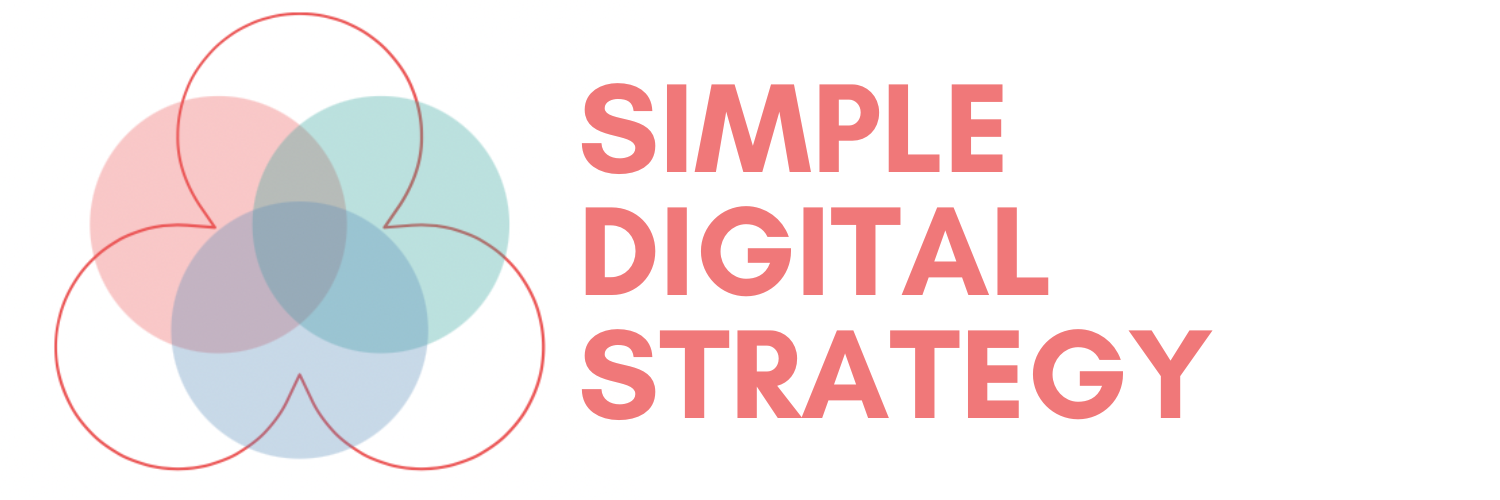What Is First-Party Data and Why It Matters for Your Brand
First-party data is the key to reducing social media dependence and building a scalable, owned audience for your brand.

Introduction
As platforms shift their algorithms, privacy rules tighten, and social media engagement becomes less predictable, smart brands are rethinking how they connect with customers. The answer? First-party data.
If you're investing in content, SEO, and email marketing, first-party data is what turns traffic into long-term business growth. It’s how you take control of your customer relationships—without relying on rented platforms.
What Is First-Party Data?
First-party data is the information your brand collects directly from your audience, customers, and site visitors.
This includes:
- Email addresses collected from newsletter signups or downloads
- Website behaviour (page views, clicks, time on site)
- Purchase history and customer preferences
- Interactions with your emails or content
Because you collect it directly, you own it—unlike the data from social platforms or ad networks.
Why It Matters Now More Than Ever
1. Social Platforms Control the Rules
Relying on Instagram, Facebook, or TikTok means you're building on borrowed land. Algorithms change. Reach drops. Ads get more expensive. When your audience lives on someone else’s platform, you have no real ownership or control.
2. Ads Are Getting More Expensive and Less Reliable
As privacy regulations evolve (like iOS tracking changes), paid ads deliver weaker results—especially if you’re not feeding them strong audience data.
First-party data gives you:
- Better ad targeting with consented information
- Smarter remarketing strategies
- Reduced dependence on third-party cookies
3. Email and Owned Channels Still Convert Best
Email marketing continues to outperform social in ROI. But email isn’t just about sending messages—it’s about what you know about your audience. First-party data powers segmentation, personalisation, and automation.
How to Start Collecting First-Party Data
You don’t need a complex tech stack to begin. Start simple:
1. Add Email Signups to Valuable Content
Use lead magnets like downloadable guides (yes, like your own SEO and Content guides) to collect emails in exchange for value.
2. Use a Lightweight Email Platform
Start capturing engagement with platforms like Ghost, ConvertKit, Mailchimp, or Beehiiv. Track open rates, clicks, and link behaviour.
3. Optimise Your Website for Behavioural Tracking
Use privacy-respecting analytics tools like Plausible or Google Analytics to understand what your visitors engage with.
4. Organise and Use the Data
Even without a full Customer Data Platform (CDP), you can start segmenting your list:
- New subscribers vs. active customers
- High-interest topics (based on content clicks)
- Email engagement levels
Over time, this becomes a foundation for advanced personalisation and future tools like CDPs or DMPs.
The Long-Term Advantage
Brands that own their data don’t chase reach—they build relationships.
First-party data gives you:
- A foundation for scaling SEO, email, and automation
- Resilience against platform changes
- Direct access to customer insights
- Strategic control over your marketing
In short, it’s your most valuable digital asset. And it starts with your content and audience—right now.
Next Steps
- Start collecting emails with a clear lead magnet
- Track on-site behaviour and segment your audience
- Focus on creating content that brings people to you, not to a platform you don’t control





